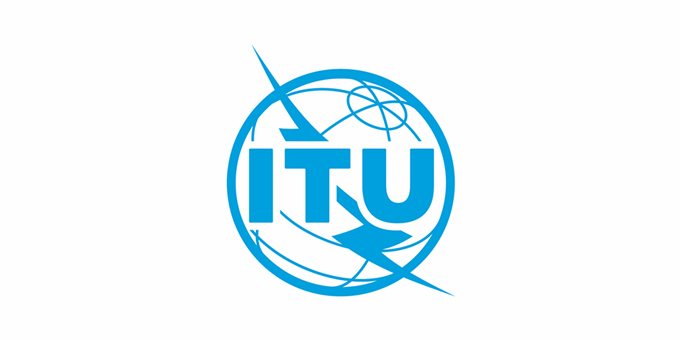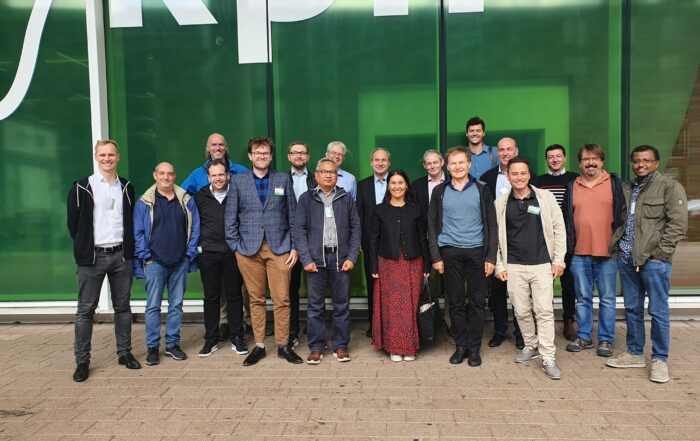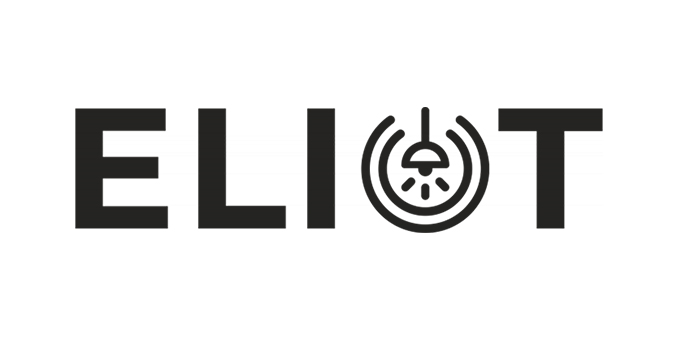Q18/15 group within ITU-T standardized a complete MAC/PHY system for light communication under the Recommendation G.9991. The group continues the work on this standard to provide new amendments with additional features.
This new Recommendation follows a pragmatic approach on the development of LiFi systems. To have a fast time to market, ITU-T group started from a highly adaptive OFDM engine used in powerline communications (ITU-T G.9960/61) and for which silicon solutions existed. Due to the fact that the original OFDM engine offered the possibility to use different numerologies and since the channels in powerline and LiFi present many common characteristics, the OFDM engine can be fine-tuned easily to cope with the necessities of a light communication channel and reuse the already existing basic blocks (silicon). With this approach and with the approval of the Recommendation by ITU-T early 2020, competitive LiFi products are already available in the market.
Q18/15 group keeps working to include new features into the standard that will be approved in form of amendments.
G.9991 Recommendation includes one single MAC layer and two different PHY layers:
– A DCO-OFDM-based physical layer based on G.9960/61, using as base OFDM engine for which silicon is already available and that offers very high throughput (theoretically up to 1.7 Gbps)
– An ACO-OFDM-based physical layer, following the same structure as G.9960/61 but with changes in the lower layers to cope with extreme lightning situations (e.g., deep dimming) with a penalty on achievable throughput.
Recent Posts
Final ELIoT EU Review Meeting, Rotterdam, September 2022
The final ELIoT review meeting took place on 6th of September 2022 in Rotterdam at KPN's premises. The consortium presented the main project results to the EU, in particular the results of the numerous demonstration [...]
ELIoT: enhancing LiFi for next-generation Internet of things
Linnartz, J.P.M.G., Corrêa, C.R.B., Cunha, T.E.B. et al., "ELIoT: enhancing LiFi for next-generation Internet of things," J Wireless Com Network 2022, 89
ELIoT Demonstrator – Fixed Wireless Access
ELIoT demonstrates optical wireless communication (Light Fidelity - #LiFi) in different scenarios. In this video the use of LiFi for Fixed Wireless Access is shown, which bridges the last meters between the building and the [...]



